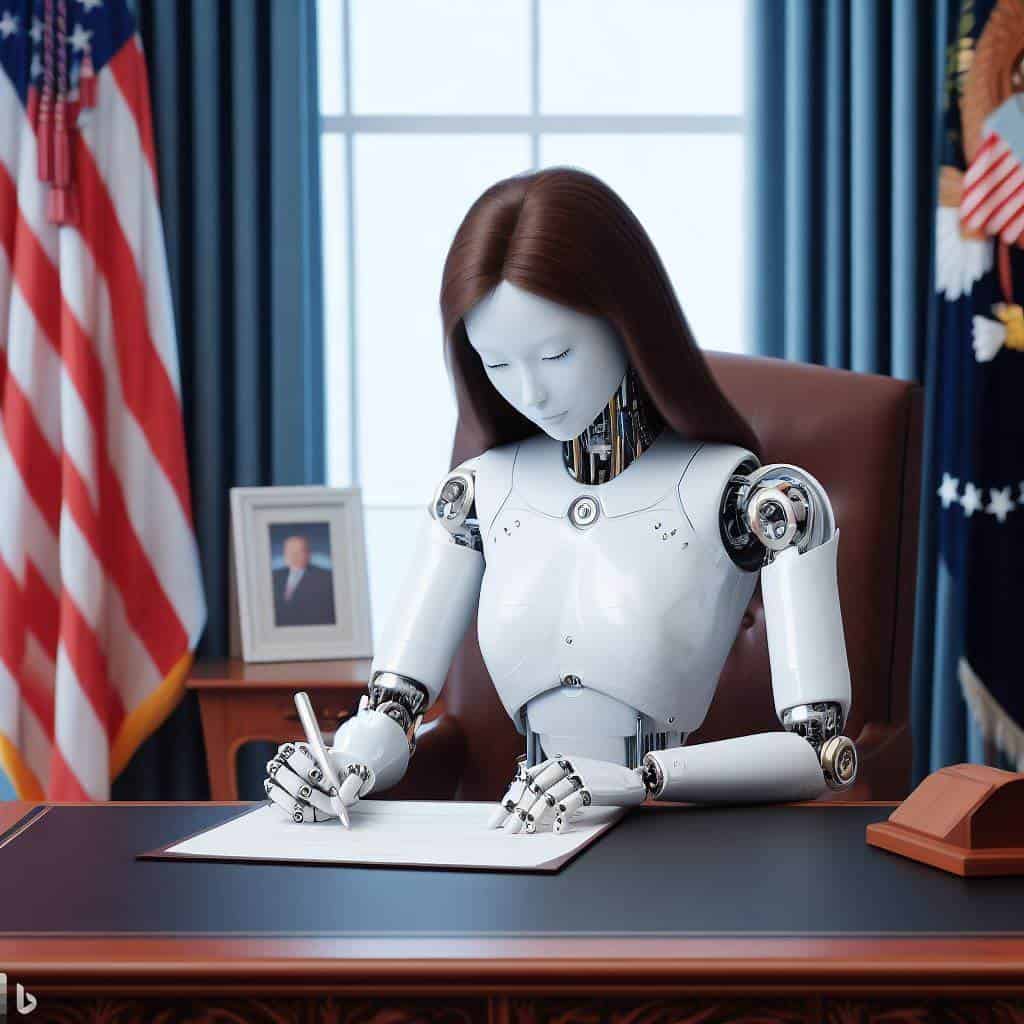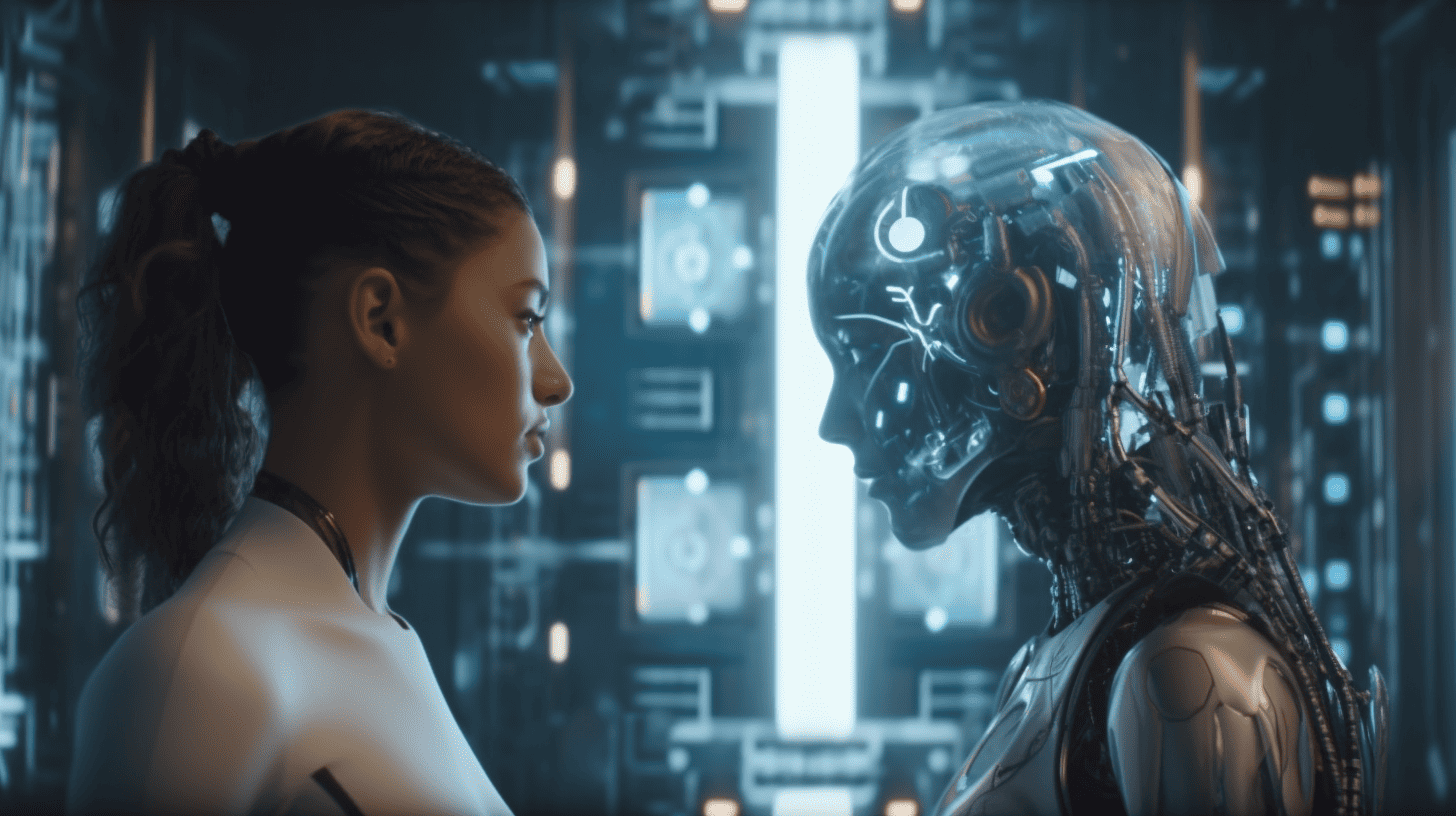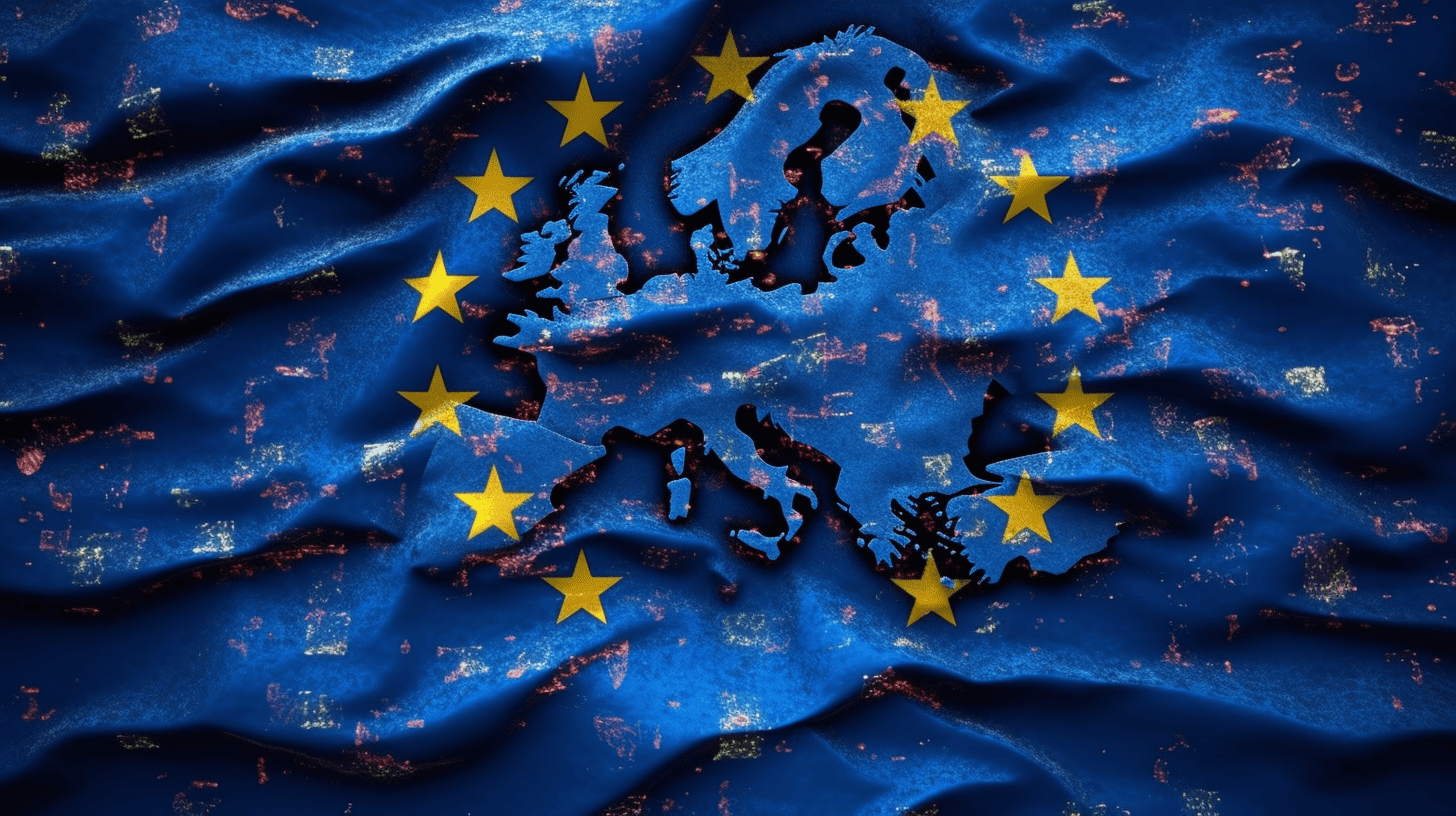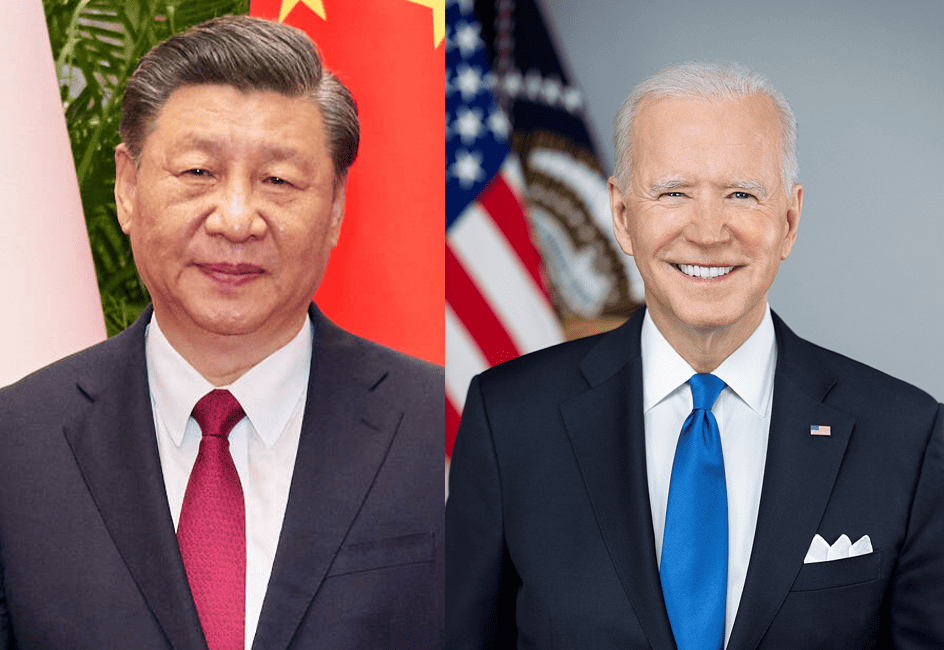
President Biden has taken a decisive step in AI regulation with an executive order demanding a higher level of safety and security in AI developments. The order, hailed as the most robust set of actions on AI safety ever taken, requires AI companies to notify the government of their developments and share safety test results. It also addresses privacy, discrimination, and the impact of AI on workers. The move runs parallel to efforts by the EU and G7 nations, who are also grappling with AI regulation and safety.
- Biden issues executive order requiring AI companies to report developments and share safety tests, marking a shift towards stricter regulation.
- Order aims to ensure AI systems are safe, unbiased, protect privacy and support displaced workers.
- This comes amid international efforts to govern AI, with order influencing global standards for responsible innovation.
Unveiling the executive order
The executive order issued by President Biden marks a seismic shift in the United States’ approach to AI safety and security. For the first time, developers of powerful AI systems are required to share safety test results and critical information with the US government. This rule applies to leading companies in the AI industry, marking a departure from previous laissez-faire approaches. The shift brings American policy closer to the more comprehensive regulatory approach of the European Union, which has been working on a legal framework for AI for some time.

The National Institute of Standards and Technology (NIST) has been tasked with developing standards, tools, and tests to ensure AI systems are safe and trustworthy. Under the new order, it is set to become a key player in AI security, providing stringent standards for red-team testing. This involves independent teams attempting to find flaws in AI systems, a technique already widely used in cybersecurity.
Securing privacy and advancing equity
Aside from safety and security, the executive order also aims to protect Americans’ privacy and advance equity and civil rights in AI development. This is critical in a world where AI has the potential to infringe on privacy and perpetuate bias. President Biden’s administration has shown it understands the need to govern this technology, aiming to ensure AI is trustworthy and helpful rather than deceptive and destructive.
Another crucial aspect of the order is the focus on workers. As AI continues to develop and grow, so does its potential to displace jobs. The executive order seeks to support workers in the face of this displacement, while also promoting innovation and competition in AI.
The international perspective
The executive order comes at a time when discussions about AI regulations are gaining momentum internationally. The G7 nations recently agreed on a voluntary code of conduct for AI development. This agreement, which aims to promote safety and transparency, sets a significant precedent for AI governance. It also highlights the need for international collaboration in the face of rapid technological advancement and the potential risks associated with it.

These international discussions are not isolated. The Biden administration has consulted with numerous countries, including the EU, the UK, and others on AI governance frameworks. This indicates that the United States is not only taking AI governance seriously domestically but also aims to influence global policy and set standards for responsible AI innovation.
Looking forward
While the executive order marks a significant step forward in AI regulation, the specifics of its implementation remain uncertain. Both companies and regulators will need to navigate uncharted waters, and there are no simple solutions for some of the challenges that will arise. For example, the order calls for new standards for red teaming, biological synthesis screening, and detecting AI-generated content, active areas of research where solutions don’t yet exist.
Despite these challenges, the focus of the order on AI adoption is encouraging. It includes steps to harness AI’s potential in education and healthcare and promotes AI adoption in government. As the world moves into the AI era, the executive order sets a clear direction for the United States, emphasising the need for responsible AI innovation that is safe, secure, and trustworthy.








